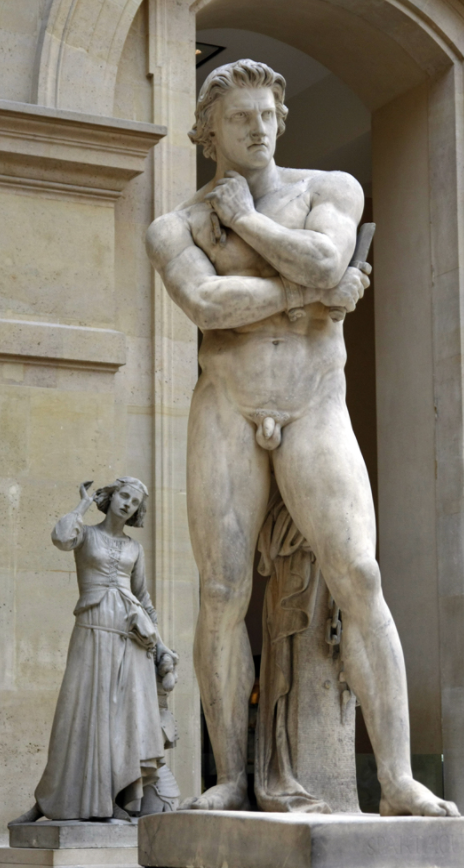The Duality of Man (And Philosophies I Guess)
After finishing Epicurean week, I wondered what Stoic Week would look like and what that experience would be like compared to Epicurean week. While both weeks were filled with reflection, I feel like both were different in how the week was shaped to match the philosophy.
The first day was perhaps the most notable because this was perhaps the one I spent the most time reflecting on. I deeply reflected on the idea of control and what is in my power to control. I was thinking about 2 particular situations: getting a job and getting into medical school. I thought first about medical school, thinking about the uncertainty and difficulty of being admitted. Initially I thought that there was a lot that was out of my control due to having others making admissions decisions as well as having a good enough resume and grades to make the cut. This then led to me reflecting on the past few months of trying to find a job, where I had similar doubts on how much power I have in putting myself in the position to get the job. After ruminating on these thoughts, I started to think about the fact that I have more power in the process than I initially thought. From me being in control to my grades and work experiences to me being able to do well in interviews, there were many different ways that I could establish control in these situations and have more power in them. Thinking about all those ways to have power over a situation I thought I was relatively powerless in brought me some comfort and confidence as well.
There were also some very interesting things that I noticed that were both different and similar between the 2 types of philosophies. There were some common things that the weeks covered such as looking at moderation in Epicureanism versus self-discipline in Stoicism as well as a day that focuses on nature. It was interesting to see the different ways both philosophies approached these similar topics and how the different activities showcased that. I think it was interesting that there were also differences in the structure of the weeks as well. During the Epicurean week, I felt like it was much more of a lax time and I had freedom of choice to perform certain activities while for Stoicism was under a more strict schedule comparatively and focused on more reflection and meditation. I think that the focus on reflection and meditation helped me think about the daily topics in a more deep manner.
In conclusion, both Epicureanism and Stoicism weeks were both very interesting and fruitful experiences that helped me gain newer perspectives for me in life.



